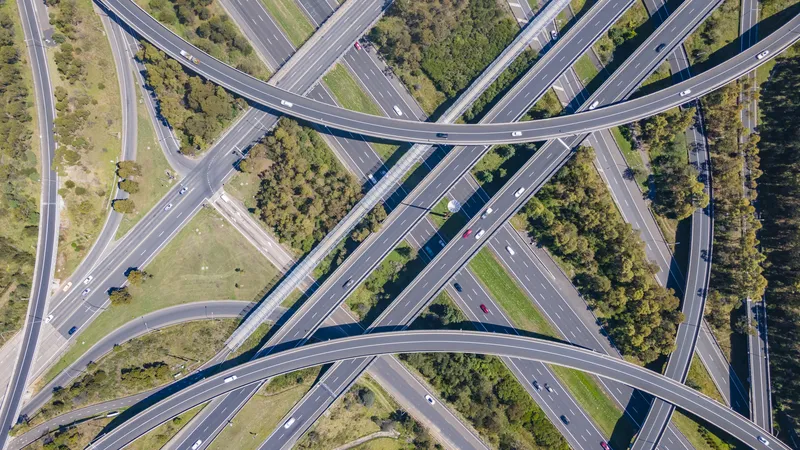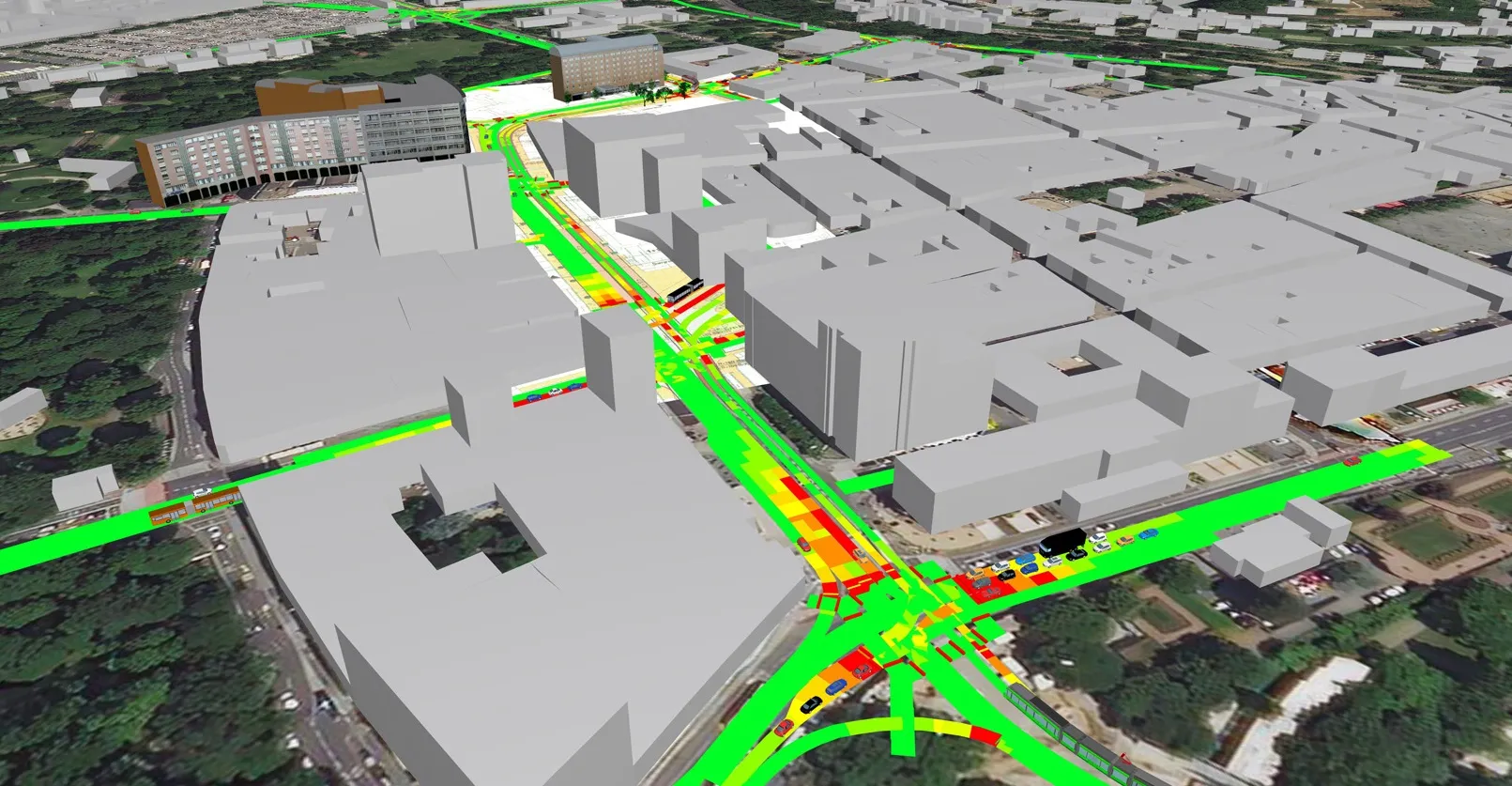
Seyond, a provider of Lidar solutions, has partnered with TrafficSensors.Com, an ITS supplier, installer and maintainer in Australia and New Zealand.
The collaboration will bring the Seyond ITS management platform (SIMPL) to the two countries where TrafficSensors has been installing and maintaining advanced traffic systems for 40 years and has thousands of sensors and systems deployed.
Seyond’s SIMPL solutions for intersection and highway combine its long-range, high-resolution Falcon Lidar sensors and advanced traffic perception software.
The company said that, with an ultra-long range of over 500m and exceptional accuracy in all weather and lighting conditions, the Falcon K sensor delivers high-fidelity data with exceptional resolution and flexibility for precise object detection and tracking.
Combined with Seyond’s traffic perception software powered by an edge processor, SIMPL provides comprehensive and high-precision road user perception and event detection. It detects and classifies all road users, including pedestrians and cyclists, without collecting any biometric data.
The system can also track their trajectories and provide detailed data on counts, speed, size and safety, allowing municipalities and transportation authorities to make data-driven decisions for optimised traffic flow, reduced congestion and improved safety.
“Partnering with Seyond allows us to deliver next-generation intelligent transportation systems to our clients," said Jamie Mann, director of TrafficSensors. “Seyond’s powerful Lidar and SIMPL complements our longstanding commitment to excellence in traffic solutions.”
TrafficSensors' reputation and expertise in traffic systems "make them an ideal partner to help us enhance traffic safety and efficiency across the region", said Philip Lasner, global head of global ITS business at Seyond.
Seyond and TrafficSensors plan to work closely with local governments, transportation agencies and private stakeholders for seamless integration and scalability of SIMPL.









